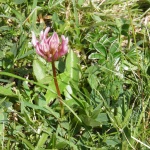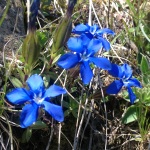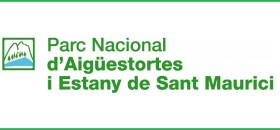La Vall Fosca is the southern entrance to the Agüestortes and Estany de Sant Maurici National Park through the Pallars Jussà region. La Vall Fosca Cable car, unique in the South Pyrenees, takes you to the National Park and allows you to enjoy the high mountain landscapes and the great variety of wildlife and flora.
With almost 200 lakes and an endless number of streams, water is the park’s real main attraction. La Vall Fosca hosts more than 30 lakes that belong to the National Park and are located above 2,200 metres high.
This area allows you to hike along different routes which connect the lakes above 2,000 metres, to follow the GR-11-20 route (long-distance footpaths) between Espot and Boí or the Carrilet Green railway, to ascend some peaks such as Peguera (2,942 m) and Montsent de Pallars (2,883 m), or to go through all the National Park’s mountain huts –known as the Carros de foc route–, starting with Colomina Hut, in La Vall Fosca.
Since 2018, the National Park is also a UNESCO Starlight destination and reserve, due to the quality of the night sky.
The big altitude difference between the highest areas of the National Park (3,029 metres) and the lowest parts (1,200 metres) is synonymous with high biodiversity.
We can find species such as the aconite, that has a yellow flower in August and grows up to 2,000 metres above sea level, and the juniper, that blooms from March to June, with yellow and green flowers.
The hikers can also enjoy other plants such as ragged robins, gentians, foxgloves, saffron, blue aconites, as well as arnica, which blooms in August up to 2,600 metres above sea level and has medicinal properties.
In this area, animals feel really at home and are quite difficult to be seen. The park hosts around 200 species of vertebrates.
The most outstanding mammals are the chamois, the roe deer, the wild boar and the marmot. The chamois can be seen in the morning on your way up on board the first cable car or at sunset.
Birds represent the main group of the National Park’s wildlife. In the most remote and inaccessible forests, you might see species such as the black woodpecker, the capercaillie and the small owl, among many others.
One of the most attractive species is the bearded vulture, which shreds the bones it finds in order to eat the most internal part. The Vall Fosca, in the National Park, is one of the few places in the world where you it can be seen.
The common vulture and the bearded vulture can easily be observed on the gradients and crests that are devoid of vegetation. The high mountain fields host the white partridge and the white-winged snowfinch.
Regarding fish, the most common specie is the common trout, active in the cold waters of both rivers and lakes.










